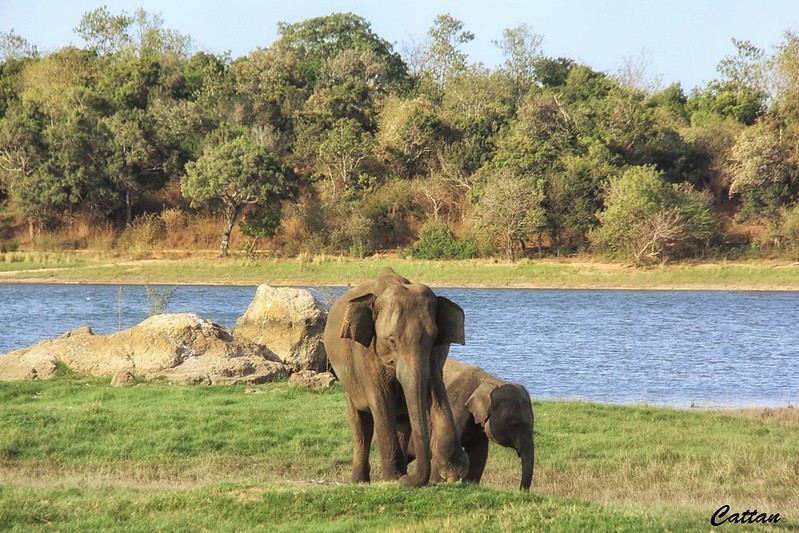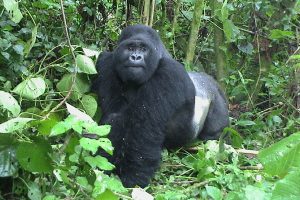The Best Wildlife Photography Tips for Safari Enthusiasts
Overview
The Best Wildlife Photography Tips for Safari Enthusiasts. Capturing stunning wildlife photographs on safari can be incredibly rewarding. To help you make the most of your photography opportunities, here are some expert tips for taking amazing photos of Africa’s wildlife.
1. Know Your Equipment
- Camera Gear: Use a camera with a good zoom lens (at least 200mm) to capture distant wildlife. A DSLR or mirrorless camera offers better control over settings compared to a smartphone.
- Tripod or Monopod: A tripod or monopod can help stabilize your shots, especially when using long lenses. It’s particularly useful for early morning or late afternoon shoots.
2. Understand Lighting
- Golden Hours: The best times for wildlife photography are early morning and late afternoon when the light is soft and warm. These golden hours provide the best lighting conditions for capturing animals in their natural habitat.
- Avoid Harsh Midday Sun: Midday sun can create harsh shadows and overexposed highlights. If you must shoot during this time, use a polarizing filter to reduce glare and reflections.
3. Focus on Composition
- Rule of Thirds: Use the rule of thirds to create balanced and engaging images. Position the subject off-center to make the photograph more dynamic.
- Eye Level Shots: Whenever possible, shoot at eye level with the animal to create more intimate and compelling images. This perspective helps in connecting the viewer with the subject.
4. Be Patient and Respectful
- Wait for the Right Moment: Wildlife photography often requires patience. Wait for the right moment when the animal is in an interesting pose or engaging in natural behavior.
- Respect Wildlife: Avoid disturbing the animals or invading their space. Maintain a safe distance and follow your guide’s instructions to ensure you do not impact their natural behavior.
5. Use the Right Settings
- Shutter Speed: Use a fast shutter speed to capture moving animals and avoid motion blur. Adjust the speed according to the animal’s movement and lighting conditions.
- Aperture and ISO: A wide aperture (low f-number) helps in creating a shallow depth of field, which isolates the subject from the background. Adjust the ISO based on lighting conditions to maintain image clarity.
6. Post-Processing Tips
- Editing Software: Use editing software like Adobe Lightroom or Photoshop to enhance your photos. Adjust exposure, contrast, and sharpness to bring out the best in your images.
- Crop Wisely: Crop your photos to improve composition and remove distractions. Be careful not to crop too much, as it can reduce image quality.
Conclusion
With the right equipment, techniques, and a respectful approach to wildlife, you can capture stunning photographs that showcase Africa’s incredible wildlife and landscapes. Use these tips to improve your safari photography skills and create lasting memories of your adventure.




